Rare Rides: NSU's New Way to Wankel - the Spider From 1965 (Part IV)

Part III of this Rare Rides series explored how NSU readied itself to re-enter the car market and end its longstanding production tie-up with Fiat. Shortly after the painful divorce from the Italians, NSU’s first rotary-powered car was ready.
The very first Western-produced car powered by a Wankel, the tiny NSU featured a single rotor. At 498cc in displacement, the engine resided at the back, beneath the rear luggage compartment. There was also a luggage compartment under the hood at the front, though storage was limited as the entire car was just 141 inches long.
A curb weight of 1,500 pounds matched well with the claimed output of 50 raging horsepower. All that power was sent through the rear wheels via a four-speed manual. 0-60 acceleration time was a claimed 15.7 seconds. The Spider was available in either red, or white.
A low-volume roadster, in the U.S. the NSU asked a hefty $2,979 in 1964. The model continued for four years, and at its conclusion in 1967 there were 2,375 scattered about the world. At that time, NSU cancelled its old Prinz-based rotary models, as its new flagship rotary sedan, the Ro 80, was ready for sale (Rare Ride for another day).
The development of rotary engines had drained the company’s coffers, and the technology was not paying dividends quite as management had expected. Engineers were having problems too, as the apex seals of NSU rotaries were prone to failure. After the Spider’s introduction, NSU added various rotary designs to the rest of its lineup — all of which had problems. This led to a loss of consumer confidence in the brand.
Facing debt and image issues, the company was forced to sell out to Volkswagen. The transaction was completed in 1969, and NSU was immediately folded into the Auto Union. The new company was known as Audi NSU Auto Union AG, and all newly developed NSU vehicles and their respective branding switched over to Audi.
NSU’s phased out its smaller vehicle offerings during the 1973 model year, though the flagship Ro 80 model continued until 1977. The combined company continued as-is, with management based in NSU’s Neckarsulm plant until 1985. It was then that the final pieces of NSU disappeared; the company was renamed Audi AG. All management at Neckarsulm moved to Audi’s headquarters in Ingolstadt, where the brand remains today.
The car which generated this long Rare Rides history is a 1965 Spider, for sale outside of Chicago. With 13,000 miles on the clock, it needs some attention (and a windshield) from a new owner. The seller wants $17,699, but how many other rear-engine, single rotary roadsters are out there?
[Images: seller]

Interested in lots of cars and their various historical contexts. Started writing articles for TTAC in late 2016, when my first posts were QOTDs. From there I started a few new series like Rare Rides, Buy/Drive/Burn, Abandoned History, and most recently Rare Rides Icons. Operating from a home base in Cincinnati, Ohio, a relative auto journalist dead zone. Many of my articles are prompted by something I'll see on social media that sparks my interest and causes me to research. Finding articles and information from the early days of the internet and beyond that covers the little details lost to time: trim packages, color and wheel choices, interior fabrics. Beyond those, I'm fascinated by automotive industry experiments, both failures and successes. Lately I've taken an interest in AI, and generating "what if" type images for car models long dead. Reincarnating a modern Toyota Paseo, Lincoln Mark IX, or Isuzu Trooper through a text prompt is fun. Fun to post them on Twitter too, and watch people overreact. To that end, the social media I use most is Twitter, @CoreyLewis86. I also contribute pieces for Forbes Wheels and Forbes Home.
More by Corey Lewis
Latest Car Reviews
Read moreLatest Product Reviews
Read moreRecent Comments
- FreedMike Miami is a trip - it's probably the closest thing we have to Dubai in this country. If you are into Lambos and the like, definitely go - you'll see a show every night. These condos fit right in with the luxury-brand culture - I'm surprised there isn't a Louis Vuitton or Gucci building. I was in Miami Beach in January with my fiancee, and we shared a lovely lunch that consisted of three street tacos each, chips and salsa, and two sodas. Tab: $70.00, with tip. Great town, assuming you can afford to live there.
- Kjhkjlhkjhkljh kljhjkhjklhkjh Pay money to be inundated in Adverts for a car that breaks when you sneeze? no
- Laflamcs My wife got a new 500 Turbo in 2015. Black exterior with an incredible red leather interior and a stick! The glass sunroof was epic and it was just about the whole roof that seemed to roll back. Anyway, that little bugger was an absolute blast to drive. Loved being run hard and shifted fast. Despite its small exterior dimensions, one could pile a lot into it. She remember stocking up at COSTCO one time when a passerby in the parking lot looked at her full cart and asked "Will it all fit?" It did. We had wonderful times with that car and many travels. It was reliable in the years we owned it and had TONS of character lacking in most "sporty" car. Loved the Italian handling, steering, and shift action. We had to trade it in after our daughter came along in 2018 (too small for 3 vacationers). She traded it in for a Jeep Renegade Latitude 6 speed, in which we can still feel a bit of that Italian heritage in the aforementioned driving qualities. IIRC, the engine in this Abarth is the same as in our Renegade. We still talk about that little 500..........
- Rochester If I could actually afford an Aston Martin, I would absolutely consider living in an Aston themed condo.
- Redapple2 I ve slept on it. I would take one on a 3 yr lease for $199/mo- ($1000 down total). Evil gm Vampire gave me this deal in 2012.



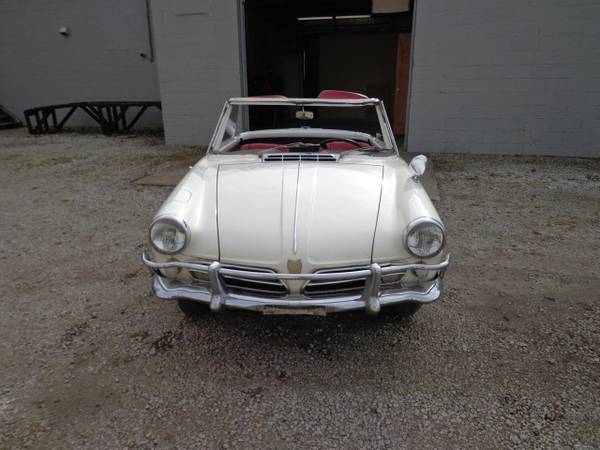




















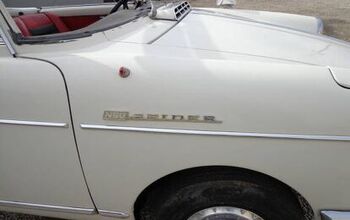
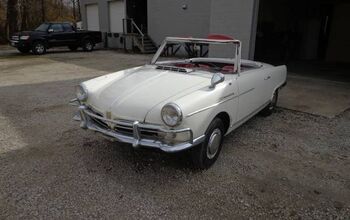
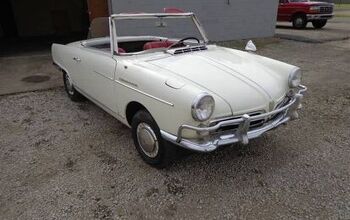
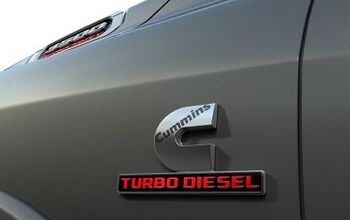
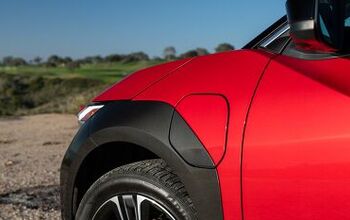
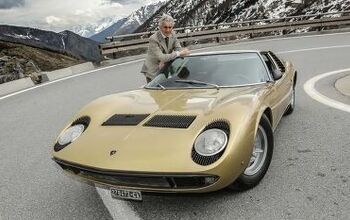
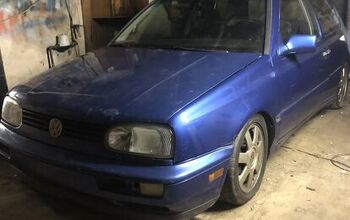

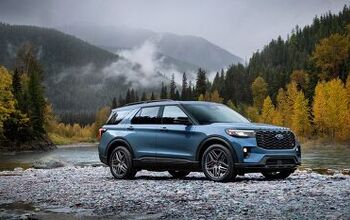
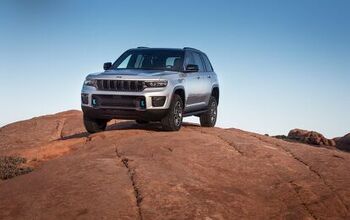

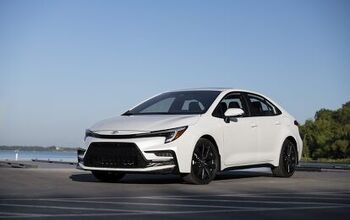
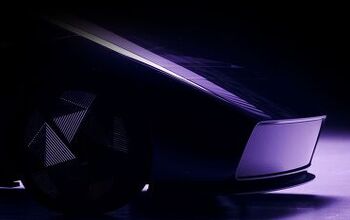
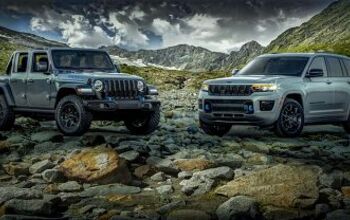
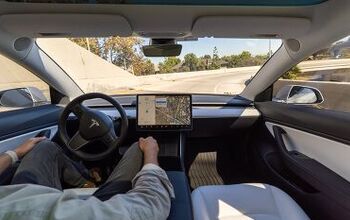
Comments
Join the conversation
Also there were problems with high fuel consumption. Mazda solved a lot of this on the later versions of the RX 7 with the switch to fuel injection and it continued as a niche model for many years.
VW was able to take the Ro80 and re-engineer it for a piston engine, which resulted in the short-lived K70.